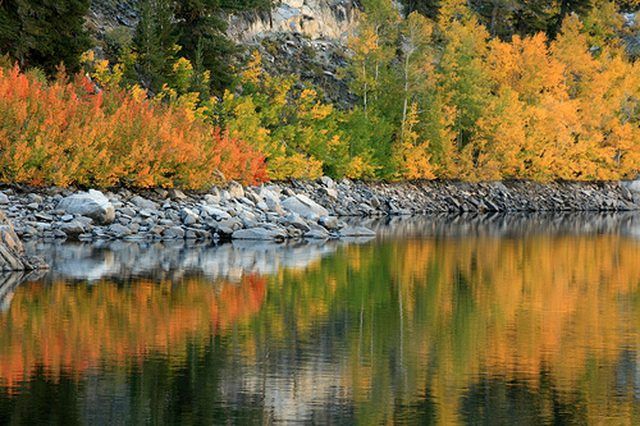Bulbs
Flower Basics
Flower Beds & Specialty Gardens
Flower Garden
Garden Furniture
Garden Gnomes
Garden Seeds
Garden Sheds
Garden Statues
Garden Tools & Supplies
Gardening Basics
Green & Organic
Groundcovers & Vines
Growing Annuals
Growing Basil
Growing Beans
Growing Berries
Growing Blueberries
Growing Cactus
Growing Corn
Growing Cotton
Growing Edibles
Growing Flowers
Growing Garlic
Growing Grapes
Growing Grass
Growing Herbs
Growing Jasmine
Growing Mint
Growing Mushrooms
Orchids
Growing Peanuts
Growing Perennials
Growing Plants
Growing Rosemary
Growing Roses
Growing Strawberries
Growing Sunflowers
Growing Thyme
Growing Tomatoes
Growing Tulips
Growing Vegetables
Herb Basics
Herb Garden
Indoor Growing
Landscaping Basics
Landscaping Patios
Landscaping Plants
Landscaping Shrubs
Landscaping Trees
Landscaping Walks & Pathways
Lawn Basics
Lawn Maintenance
Lawn Mowers
Lawn Ornaments
Lawn Planting
Lawn Tools
Outdoor Growing
Overall Landscape Planning
Pests, Weeds & Problems
Plant Basics
Rock Garden
Rose Garden
Shrubs
Soil
Specialty Gardens
Trees
Vegetable Garden
Yard Maintenance
Where Can Aspen Trees Live?
Where Can Aspen Trees Live?. The aspen is found across North America due to its ability to grow in virtually all mountain vegetation zones. According to the U.S. Forest Service, aspen forest is most common in Colorado and Utah at elevations between 5,000 and 12,000 feet.
The aspen is found across North America due to its ability to grow in virtually all mountain vegetation zones. According to the U.S. Forest Service, aspen forest is most common in Colorado and Utah at elevations between 5,000 and 12,000 feet.

Soil
The tree grows best in the "moist but well-drained, slightly acidic soil found at higher elevations," writes Robert Cox, horticulture agent at the Colorado State University Cooperative Extension.
Sun
Aspen do not tolerate shade and can sprout in full sunlight.
Burned Areas
Aspen trees can quickly colonize areas ravaged by fire. "In the Central Rocky Mountains, the extensive stands of aspen are usually attributed to repeated wildfires," writes the U.S. Forest Service.
Urban Setting
Plant Talk Colorado, a publication of Colorado State University, says that aspen planted in urban settings do best on the north and east sides of buildings. However, it adds that aspen are generally difficult to grow in the urban landscape because the soils they like are rare and because of their susceptibility to disease and insects.
In Peril
In recent years, aspen stands in several Rocky Mountain states and Canadian provinces have suffered a sudden die-off. According to a Reuters story from Sept. 4, 2009, scientists at the Rocky Mountain Research Station in Moscow, Idaho, predict the near total disappearance of aspen in the Rocky Mountain region by 2090, due in large part to global climate change.